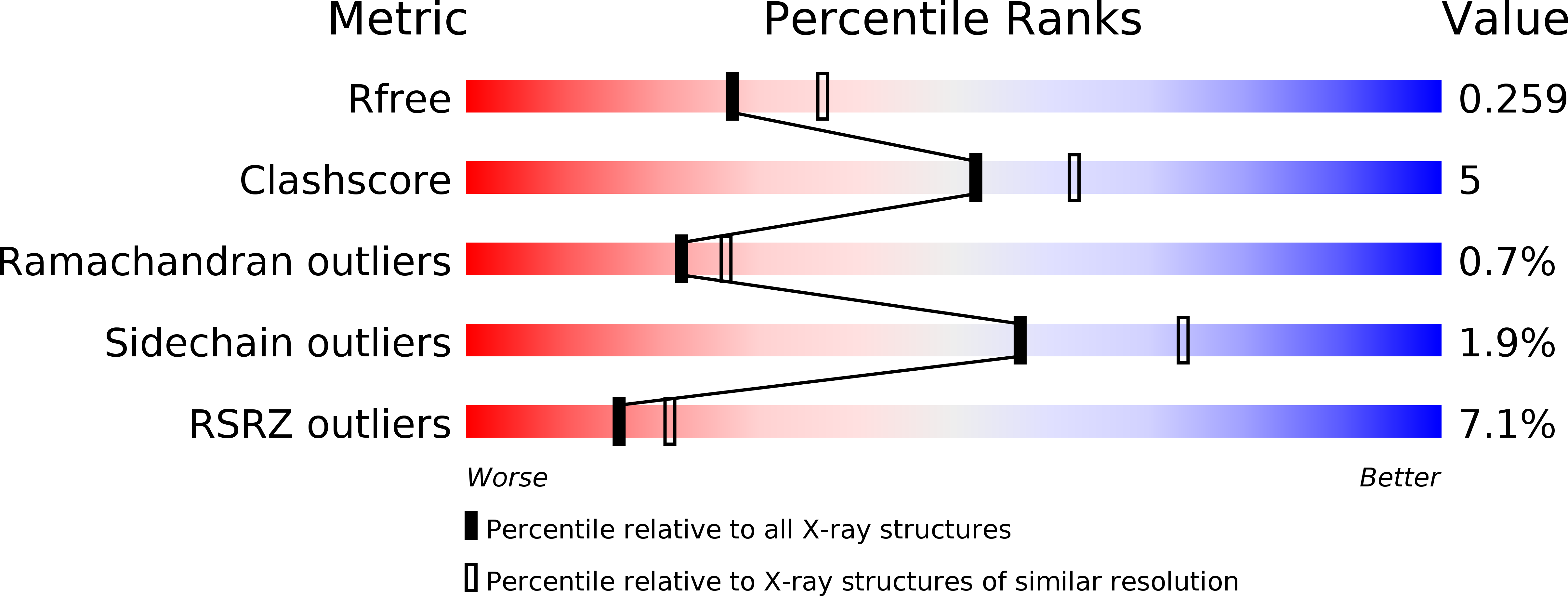
Deposition Date
2013-12-30
Release Date
2014-03-19
Last Version Date
2024-02-28
Entry Detail
PDB ID:
4O8W
Keywords:
Title:
Crystal Structure of the GerD spore germination protein
Biological Source:
Source Organism:
Geobacillus kaustophilus (Taxon ID: 235909)
Host Organism:
Method Details:
Experimental Method:
Resolution:
2.29 Å
R-Value Free:
0.25
R-Value Work:
0.20
R-Value Observed:
0.20
Space Group:
P 21 21 21


